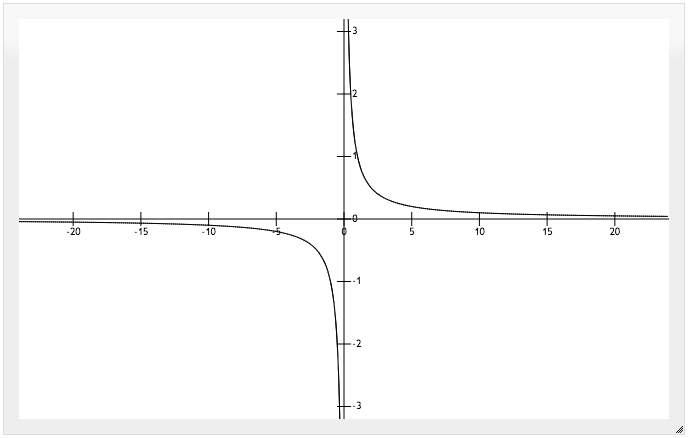Domain and Range 1: Basic Concepts
Domain and range are concepts that are essential in learning functions. In most resources, these concepts are just defined technically, and although there are examples, many just lack intuitive explanations. In this post, we discuss domain and range in a simple and hopefully easy to understand manner.
Example 1:
Domain
What is the domain of and what is its range? Well, the domain are just the possible values of
that will produce a “valid” value
. To check, we can ask the following questions.
- Can we substitute positive values to
?
- Can we substitute negative values to
?
- Can we substitute 0 to
?
Obviously, the answer to these questions are all yes. In fact, we can assign any real number value to and we can always get a corresponding value for
.
Range
The possible values that you can substitute to which will result to a valid output is called the domain of the function. The range of the function are all the possible outputs. In this case, we can input any real number as
, and all real numbers can be the possible outputs. Note that we are sure about this because we can pick any
and we can always solve for
. Try
.
Example 2:
Domain
In this example, we can substitute any value to , negative or positive, except
. If we let
, then
and we know that this is undefined. Therefore, the domain of
is the set of real numbers except
.
Range
If is positive, then the value of
is positive. If
is negative, then the value of
is negative. So,
can be both positive and negative. How about
? Can
be
? Can you think of any number that we can substitute to
so that
is
? No, the only possible from a fraction to be
is for its numerator to be
! So, the range is the set of real numbers except
.
Example 3:
Domain
In this example, again, we can can substitute any value to . Can we raise
to any positive number? Yes. Can we raise 2 to 0? Yes. Can we raise 2 to a negative number? Yes.
Here are a few examples:
Since we can substitute any value to , then we say that the domain of
is the set of real numbers.
Range
As we can observe above, if we substitute a large positive value for , the value of
becomes large positive numbers. If we substitute
to
, then
becomes
. However, what is interesting is even if we substitute a negative value to
, although
is small, it is still positive. For example, letting
, gives us
. If we let
, then
which is close to
. In fact, if
is negative, the function becomes
which is always positive ( and with
also positive).
In addition, as becomes smaller in the original equation, say -1000,
becomes very close to
, it seems safe to say that the value range of
is the set of real greater than
.
Now, why not include ? Because a positive number
raised to any real number exponent is always positive. Therefore, the range of
is the set of positive real numbers.
In the next post, we are going to learn the relationship between the domain and the range and the graph of the function. Please stay posted.
